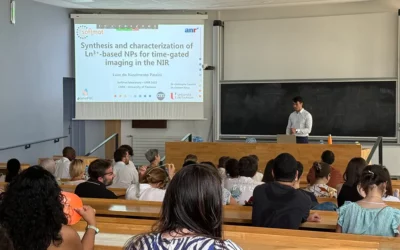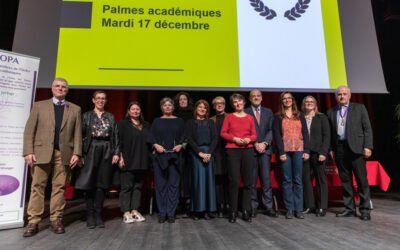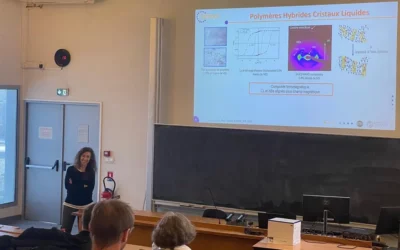IDeAS team
Smart materials based on self-assembled or nanostructured systems are the main focus of the “Dynamic interfaces and stimuli-responsive assemblies” team.
We use polymers, nanoparticles or surfactants to design stimuli-responsive systems with applications in material science, nanomedecine and environmental science.
We characterise these assemblies at different length scales either under equilibrium or non-equilibrium conditions using a large panel of techniques such as optical, electronic and atomic force microscopies, as well as scattering techniques, rheology, thermal analysis, fluorescence, NMR, etc.
To optimise our materials, we employ design of experiments, multivariate analysis or data modelling.
Research topics
Team members
permanent members
temporary members on average per year
Team publications
This list of publications is uploaded directly from the IDeAS team’s HAL collection.
- Pablo Labra-Vázquez, Erika Rocha, Yue Xiao, Marine Tassé, Carine Duhayon, et al.. A Trojan horse approach for enhancing the cellular uptake of a ruthenium nitrosyl complex. Dalton Transactions, 2023, 52 (48), pp.18177-18193. ⟨10.1039/d3dt03480a⟩. ⟨hal-04346306⟩
- M. Artico, C. Roux, F. Peruch, A.-F. Mingotaud, Cédric Y Montanier. Grafting of proteins onto polymeric surfaces: A synthesis and characterization challenge. Biotechnology Advances, 2023, 64, pp.108106. ⟨10.1016/j.biotechadv.2023.108106⟩. ⟨hal-03989258⟩
- Camille Courtine, Pierre-Louis Brient, Inès Hamouda, Nicolas Pataluch, Pierre Lavedan, et al.. Tetrafluorinated versus hydrogenated azobenzene polymers in water: Access to visible-ligh stimulus at the expense of responsiveness. Journal of Photochemistry and Photobiology A: Chemistry, 2023, 439, pp.114630. ⟨10.1016/j.jphotochem.2023.114630⟩. ⟨hal-04141881⟩
- Irem Demir-Yilmaz, Malak Souad Ftouhi, Stéphane Balayssac, Pascal Guiraud, Christophe Coudret, et al.. Bubble functionalization in flotation process improve microalgae harvesting. Chemical Engineering Journal, 2023, 452 (part 2), ⟨10.1016/j.cej.2022.139349⟩. ⟨hal-03788878⟩
- Guillaume Carnide, Yohan Champouret, Divyendu Valappil, Constantin Vahlas, Anne‐françoise Mingotaud, et al.. Secured Nanosynthesis–Deposition Aerosol Process for Composite Thin Films Incorporating Highly Dispersed Nanoparticles. Advanced Science, 2023, 10 (5), pp.2204929. ⟨10.1002/advs.202204929⟩. ⟨hal-03919672⟩
- Camille Courtine, Inès Hamouda, Samuel Pearson, Laurent Billon, Pierre Lavedan, et al.. Photoswitchable assembly of long-lived azobenzenes in water using visible light. Journal of Colloid and Interface Science, 2023, 629, pp.670-684. ⟨10.1016/j.jcis.2022.08.191⟩. ⟨hal-03775338⟩
- Kedafi Belkhir, Orélia Cerlati, Diana Heaugwane, Alice Tosi, Tarek Benkhaled, et al.. Synthesis and Self-Assembly of UV-Cross-Linkable Amphiphilic Polyoxazoline Block Copolymers: Importance of Multitechnique Characterization. Langmuir, 2022, Langmuir, 38 (51), pp.16144-16155. ⟨10.1021/acs.langmuir.2c02896⟩. ⟨hal-03931523⟩
- Karolina Markiewicz, Laurence Marmuse, Margaux Mounsamy, Claire Billotey, Mathias Destarac, et al.. Assembly of Poly(vinylphosphonic acid)-Based Double Hydrophilic Block Copolymers by Gadolinium Ions for the Formation of Highly Stable MRI Contrast Agents. ACS Macro Letters, 2022, pp.1319-1324. ⟨10.1021/acsmacrolett.2c00489⟩. ⟨hal-03874455⟩
- Stéphane Gineste, Christophe Mingotaud. Double-hydrophilic block copolymer–metal ion associations: Structures, properties and applications. Advances in Colloid and Interface Science, 2022, pp.102808. ⟨10.1016/j.cis.2022.102808⟩. ⟨hal-03871112⟩
- Mehdi Afrouz, Amin Amani, Ali Eftekhari, Christophe Coudret, Sabry Elias, et al.. Design and synthesis of multi-targeted nanoparticles for gene delivery to breast cancer tissues. Naunyn-Schmiedeberg's Archives of Pharmacology, 2022, ⟨10.1007/s00210-022-02303-6⟩. ⟨hal-03844507⟩
Latest team news
Luan Passini, PhD student at Softmat, has defended his thesis on nanoparticles for imaging in the near infrared
Luan carried out his research in the IDeAS team at the Softmat laboratory. On 4th of July, he defended his thesis entitled: “Synthesis and characterisation of lanthanide-based nanoparticles for...
Florence Benoit-Marquié, faculty staff at Softmat, has been awarded the “Palmes académiques”
Every year, the university rewards its administrative and technical staff and faculties at the “Palmes académiques” ceremony. On the 17th of December 2024, Florence Benoit-Marquié from the IDeAS...
Barbara Lonetti, researcher at Softmat, defended her habilitation to supervise PhD students
Barbara conducts her research in the IDeAS team at the Softmat laboratory. On the 17th of December, she defended her habilitation to supervise PhD students, marking a milestone in her almost 25-year...
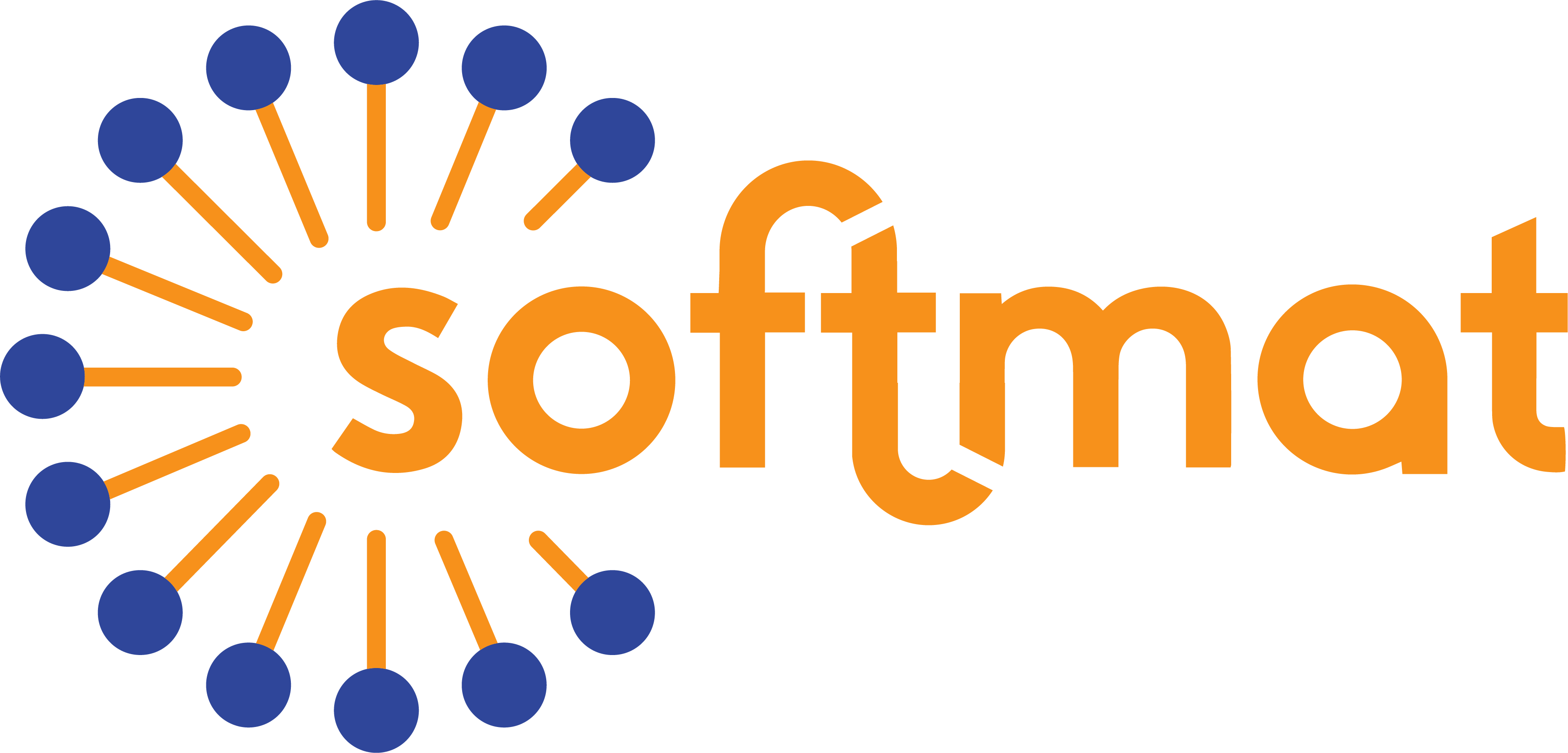
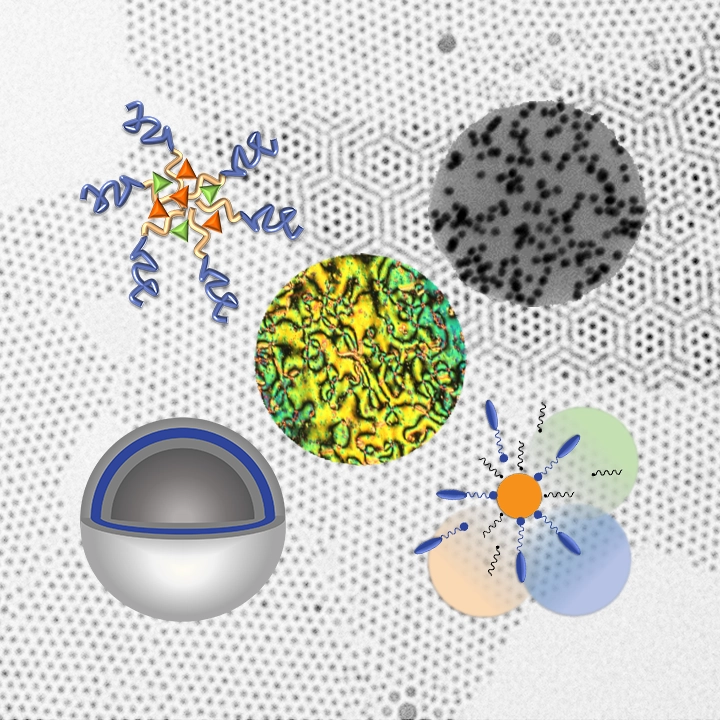
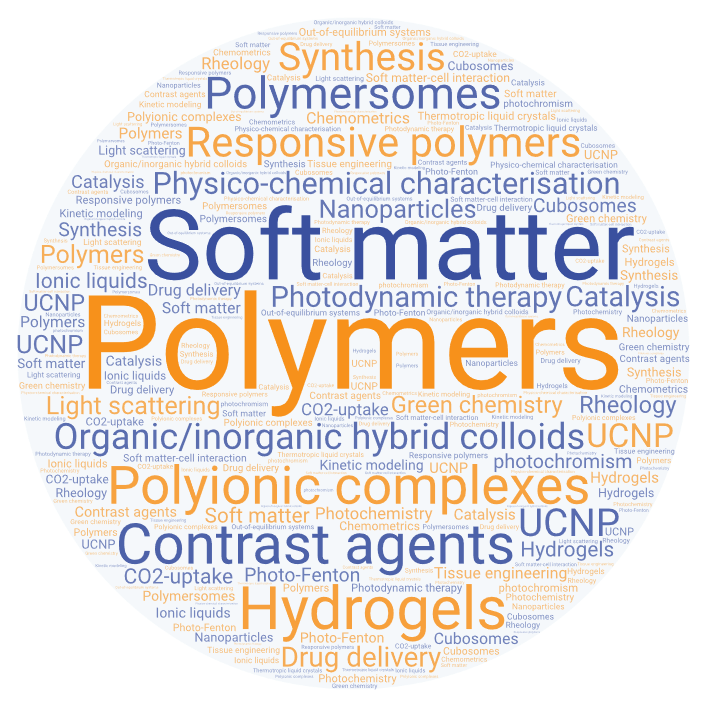
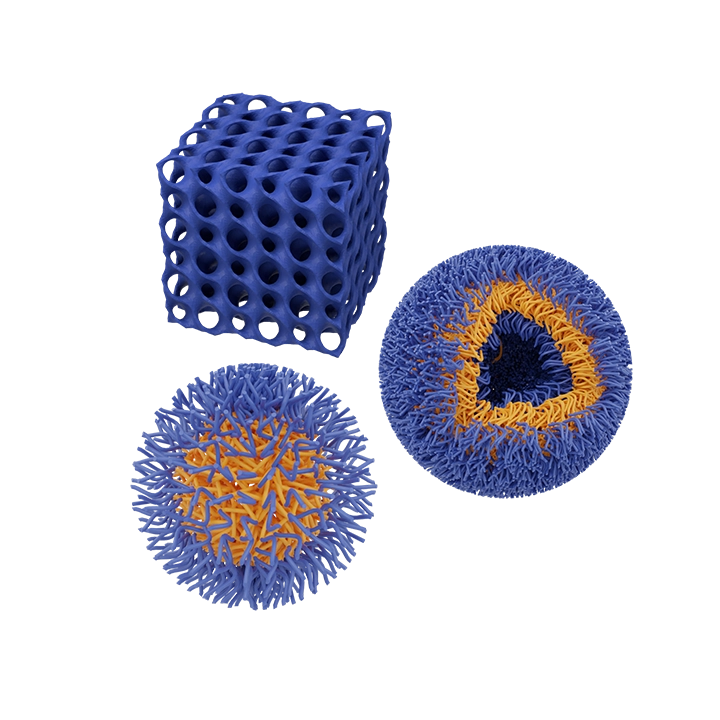
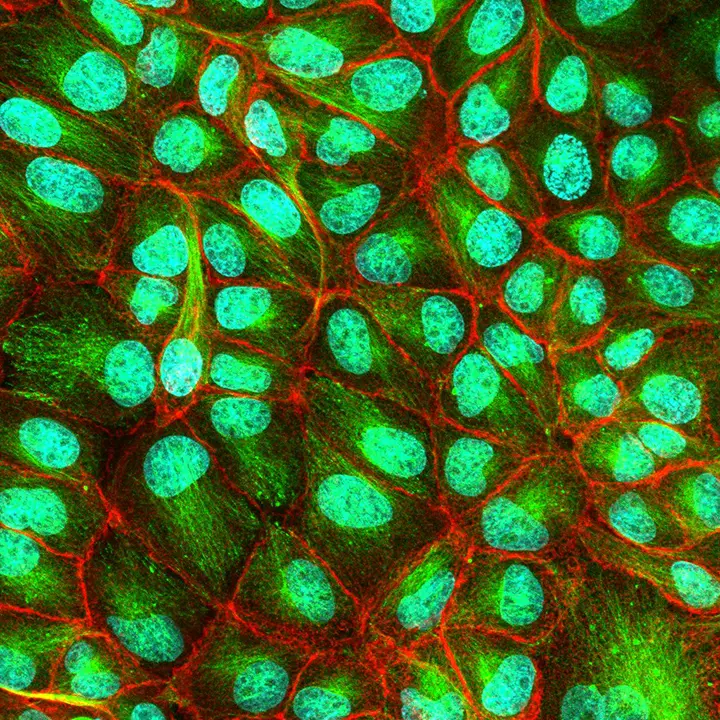
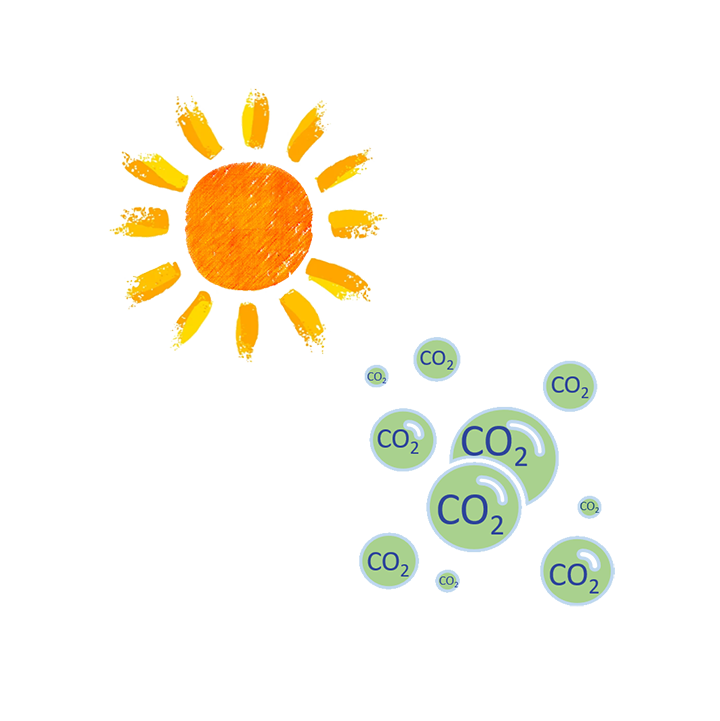
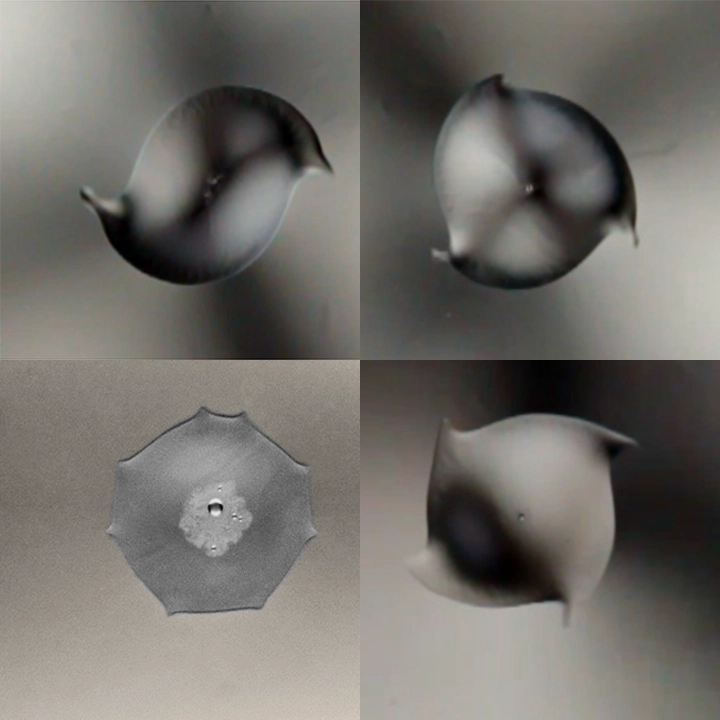














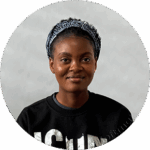








 05 61 55 82 23
05 61 55 82 23

